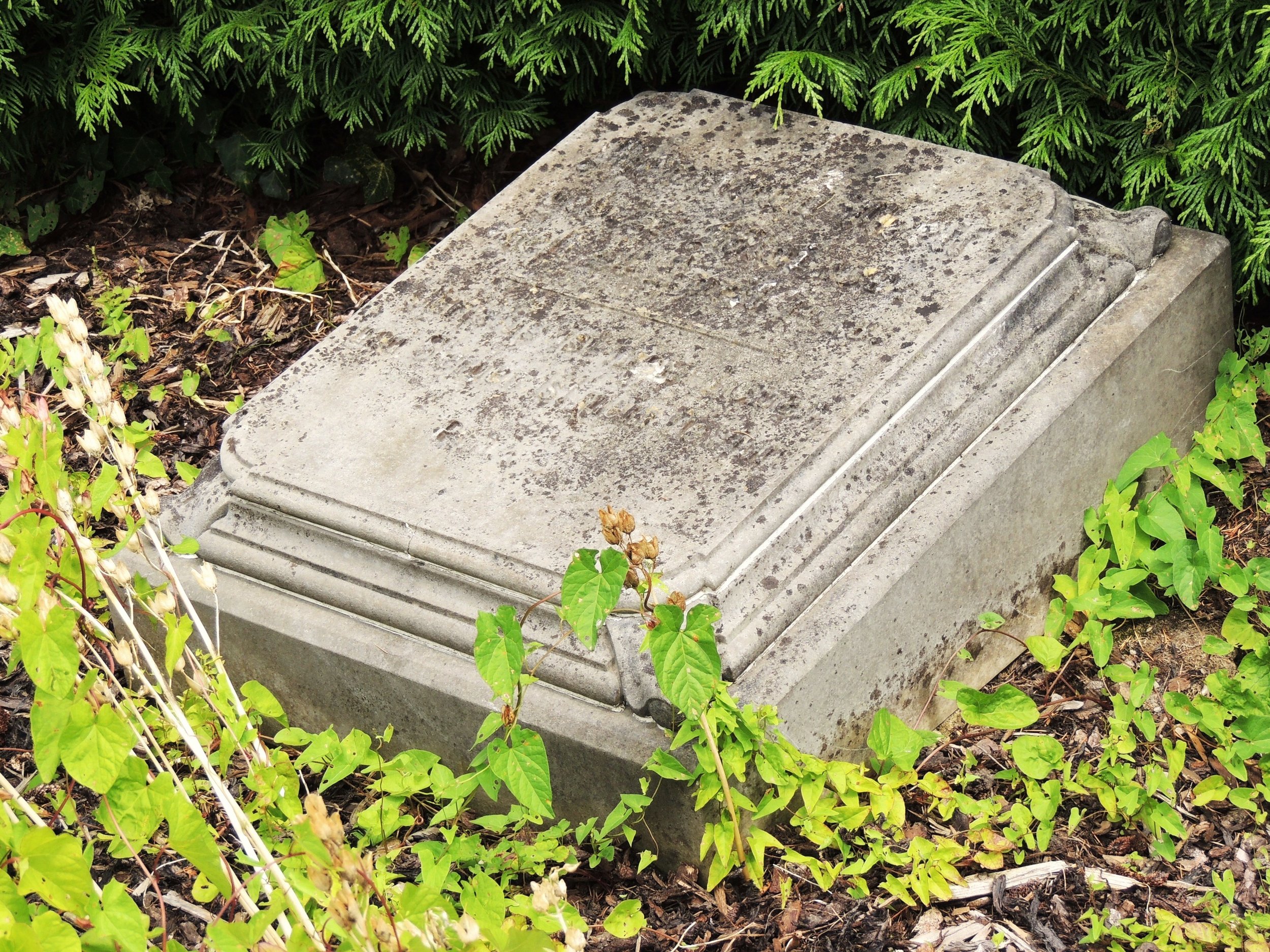“Blindness separates us from things but deafness separates us from people.” – Helen Keller
Human beings are social creatures: we drive in packs on the highway, we constantly use social media and we enjoy family and friend get-togethers. A major part of our ability to socialize involves our ability to hear and communicate. We all have someone in our family, or know of someone, that has difficulty hearing or diagnosed hearing loss. We start a conversation with them but soon tire of repeating ourselves and eventually we avoid speaking to them altogether.
Approximately 15% of Americans between the ages of 20 and 69, or 26 million Americans, have hearing loss that may have been caused by exposure to noise at work or in leisure activities. The best prevention approaches for high noise levels are: remove the noise, remove the worker and then protect the worker by using Hearing Protection Devices (HPD). HPD are a type of Personal Protective Equipment (PPE) worn to reduce (not eliminate) the level of sound entering the ear. PPE is the last line of prevention for a hazard; however, for most situations, HPD are the main defense against Noise Induced Hearing Loss (NIHL).
When should you wear HPD:
If the noise is measured at 85dB and above
If you must raise your voice for a person 2-3 feet away to hear you
If, after leaving the noise area, sounds are “dull, flat or muffled”
If your ears “ring” after exposure to noise
It’s a good idea to wear HPD with these types of equipment:
Lawn Mowers and Weedeaters
Gas Powered Demolition Saws
Pneumatic Impact Tools
Noise Reduction Ratings (NRR) are required to be printed on all HPD, to aid the wearer in selecting the correct protection for a situation. The NRR value provides information on the measured reduction of noise in a laboratory setting. In real world protection, NRR values are overestimated; as such, the National Institute of Occupational Safety and Health (NIOSH) recommends derating HPDs to provide the user a more accurate NRR value in real world situations. NIOSH suggests derating ear muffs by 25%, foam plugs by 50% and molded flanged plugs by 70%. For example, if you have a pair of foam ear plugs with a NRR=30dB, derating by 50% results in an estimated noise reduction of 15dB. It should be noted that derating is still only a rough guide and actual protection can vary.
Noise Induced Hearing Loss can be prevented by using the correct hearing protection for your situation and wearing it properly. Failing to use HPD or using it incorrectly, even during short exposures, can have negative consequences; and once noise-induced hearing loss occurs, it cannot be cured or reversed.
The decisions we make today will affect our quality of life on down the line. It may be easy to convince yourself that everything is okay: “I will only be using the equipment for an hour,” “My ears only ring for a little while after work,” and “It’s part of the job.” This kind of shortcut is a bad idea in the long run. Make the right choice and wear your hearing protection.
For more information on Noise Induced Hearing Loss or Proper Use of Hearing Protection Devices please check out OSHA.gov, use the OSHA quick-card at https://www.osha.gov/Publications/3498noise-in-construction-pocket-guide.pdf
Stay tuned to OMAG’s YouTube channel for a video on Hearing Protection soon.










